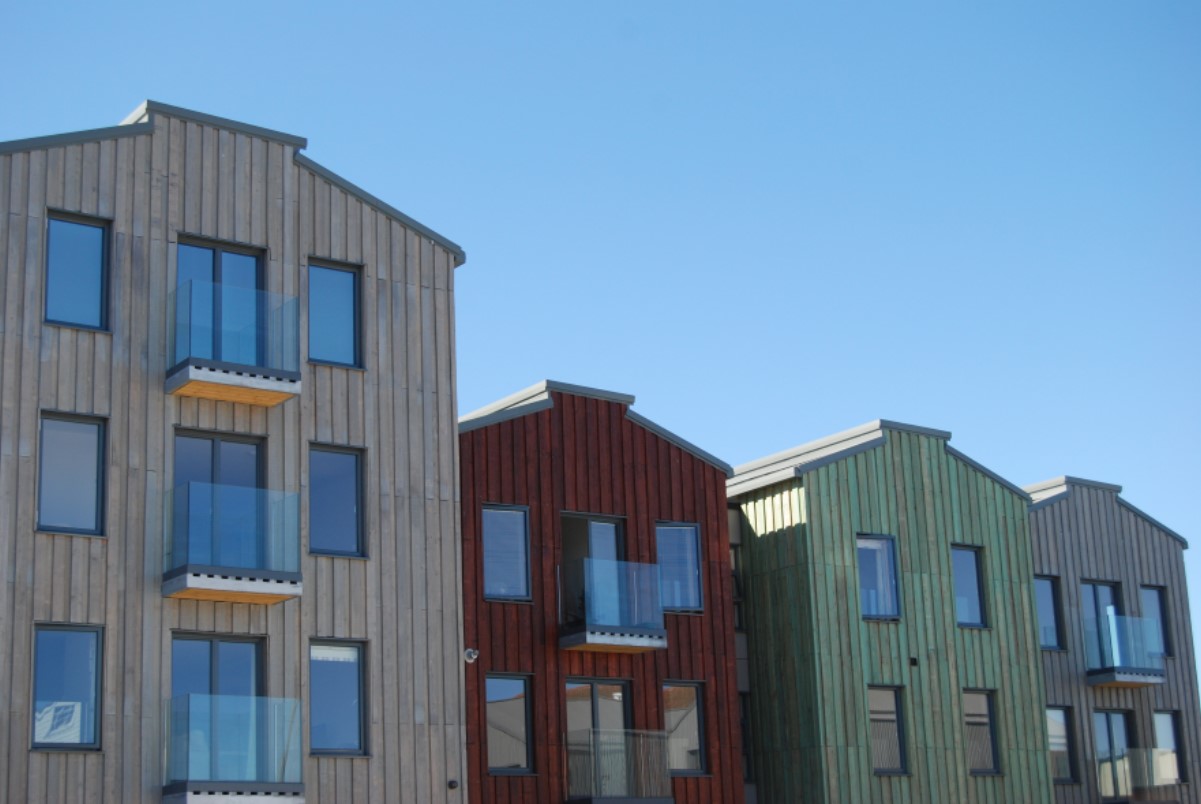
LARGER DEPOSIT
One main difference between a residential and a buy-to-let mortgage is the amount of deposit you will need. On the whole, you need a much bigger deposit in order to qualify for a buy to let mortgage. The Loan to Value rate is a way that financial professionals figure out how viable a mortgage is by comparing the amount of deposit with the overall cost of the property.
With a residential property, the loan-to-value (LTV) can be far higher than what would be acceptable for a buy-to-let mortgages. If you’re nearing retirement, you may have a lump sum available from your personal pension, so you could invest this as the deposit on your future buy-to-let property.
LOAN TO VALUE
According to MoneySupermarket, the average LTV of a buy-to-let loan is 69%, but the average LTV for a first-time buyer applying for a mortgage is 82%. It is generally accepted that you need at least a 25% deposit in order to qualify for a buy to let mortgage. Furthermore, buy-to-let property purchases often have a lower purchase price than residential properties because you often need a bigger deposit. So, for example if you have a £5,000 deposit, you could get a property worth £100,000 on a residential mortgage, with an LTV of 95%.
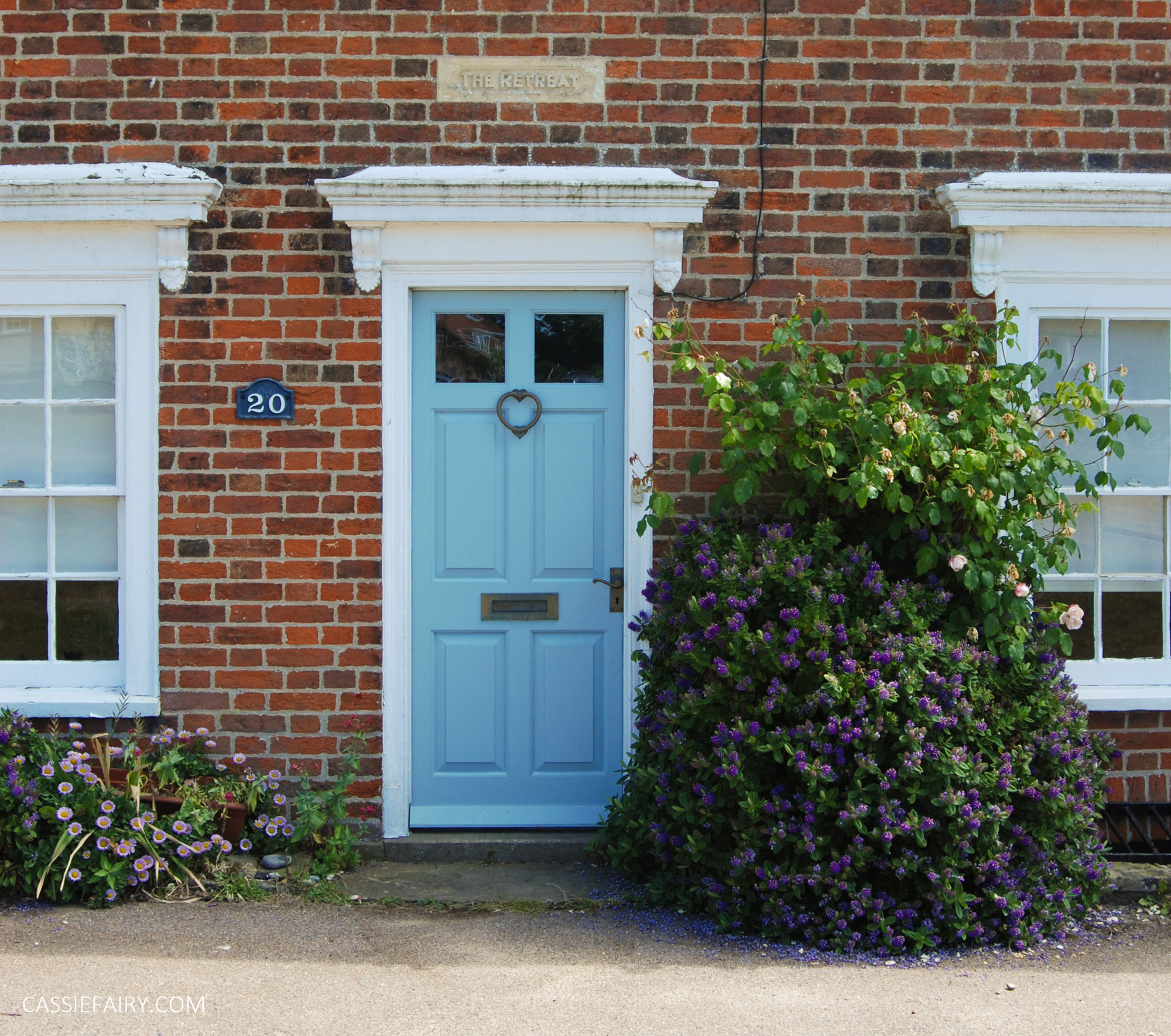
INVESTMENT PROPERTY PRICES
Often investment opportunities from buy-to-let property investment specialists like RW Invest are far more attractively priced than residential properties. Between 2016 and 2018, the average purchase price of a buy-to-let property was around £183,000, which is less than the average price of residential properties.
INTEREST RATES
A buy-to-let mortgage is seen as a higher risk from the mortgage provider, therefore it is more expensive for the borrower than a residential mortgage. This is because there is a potential to not receive income during the investment, and if a tenant doesn’t pay rent or there are void periods, the mortgage payments still need to be met.
Often buy-to-let mortgages are interest-only, which means the amount you have borrowed is only paid back at the end of the term and you only pay the interest every month. Because of this interest rates on buy-to-let mortgages are often higher than equivalent residential mortgages. At the end of the investment, the sale of the property pays off the outstanding mortgage balance.
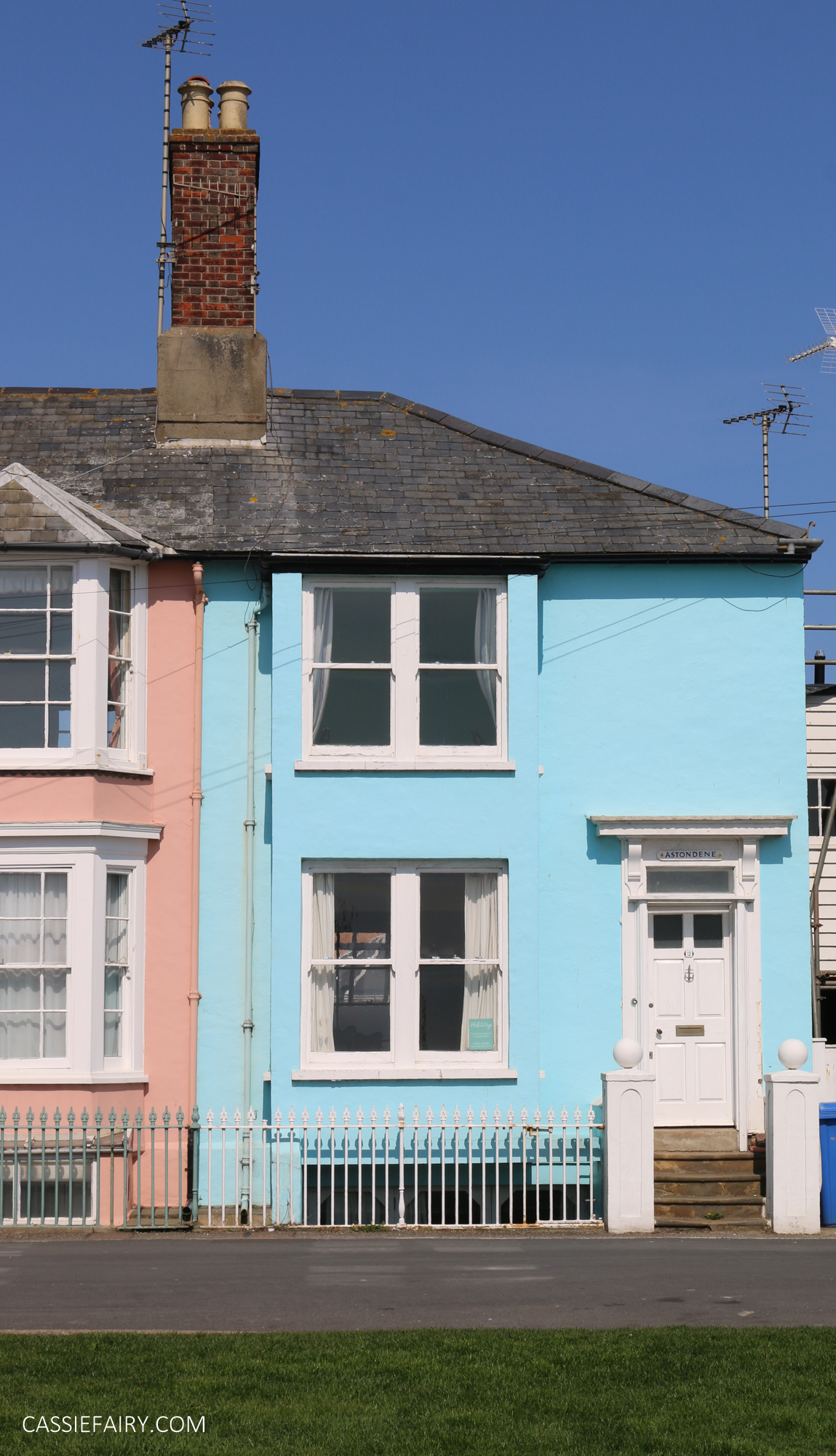
PROPERTY CONDITIONS
There are also several conditions that you need to meet to qualify for a buy to let mortgage. You usually can’t get a buy-to-let mortgage on a property that is less than 30 metres square, which discounts a lot of student accommodation investments and some studio apartments. Buy to let mortgage lenders also have to look at the project rental income the property will receive to make sure the investment is viable. In order to get the very best buy-to-let mortgage, it is important to shop around for the best deal. There a number of mortgage comparison sites which can give you an overall idea of what kind of buy-to-let mortgage is best for you.
I hope this information has been helpful if you too are considering purchasing a property to let out in the future. There’s a lot to consider before you take the plunge and it all depends on your current (and future) financial situation so be sure to get professional advice before you make any decisions.
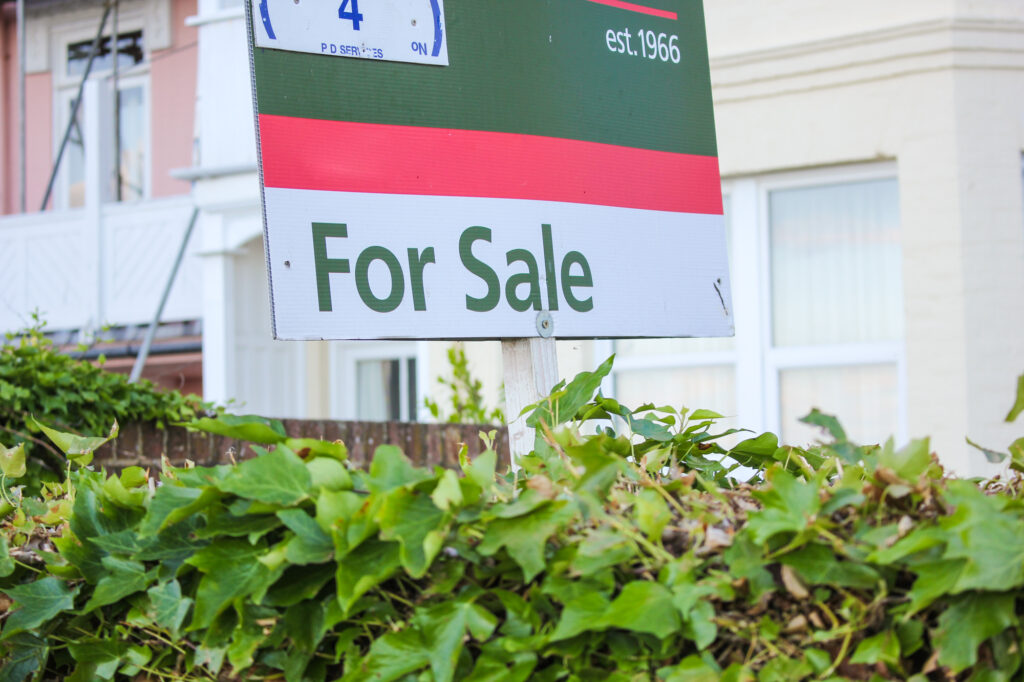
This blog post is an advertisement feature that has been written in collaboration with a sponsor. The pink links in this post indicate a sponsored link 🙂
















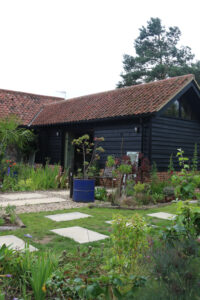

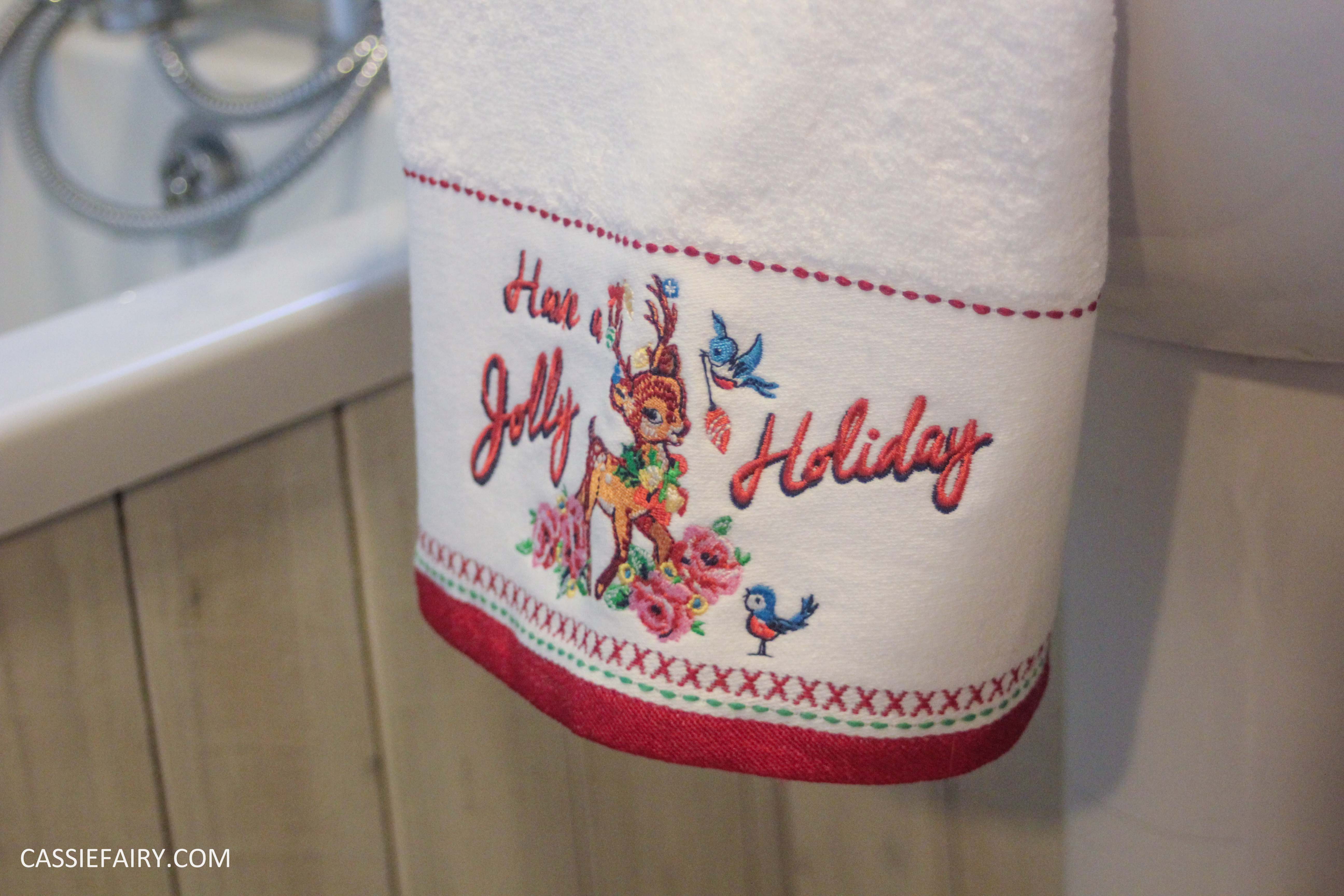
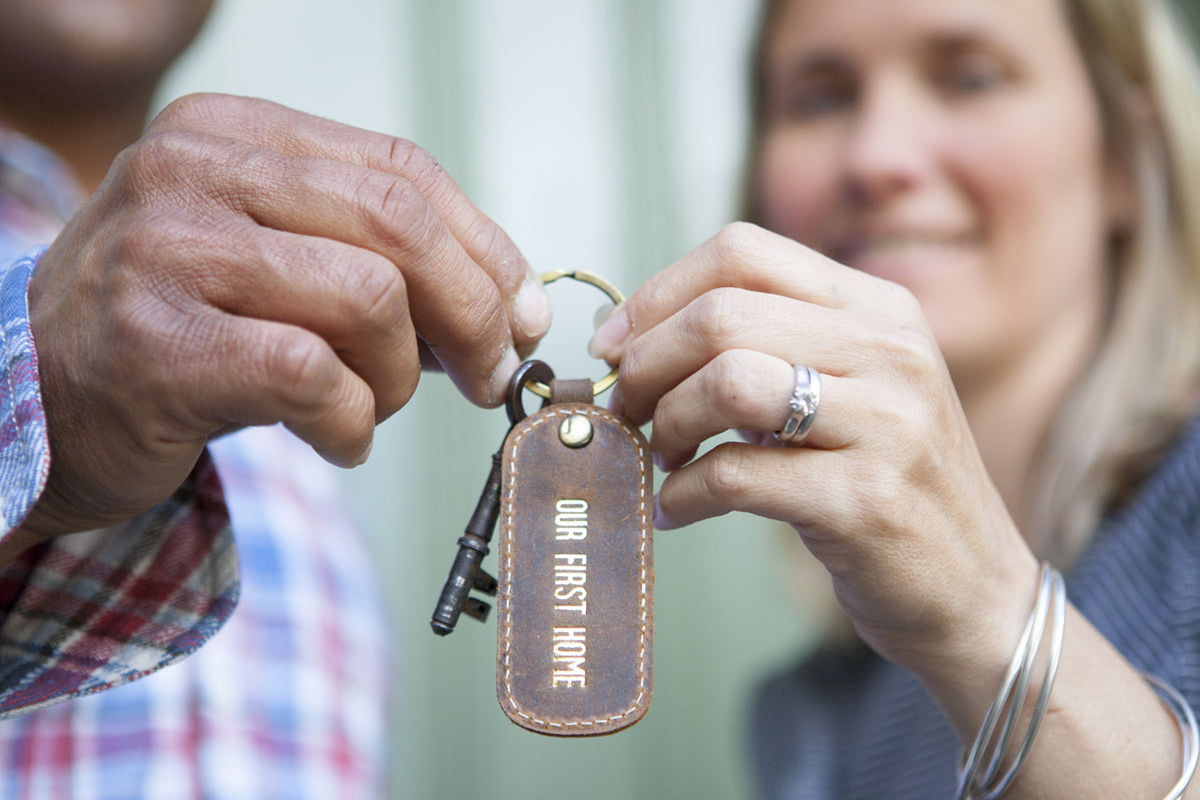
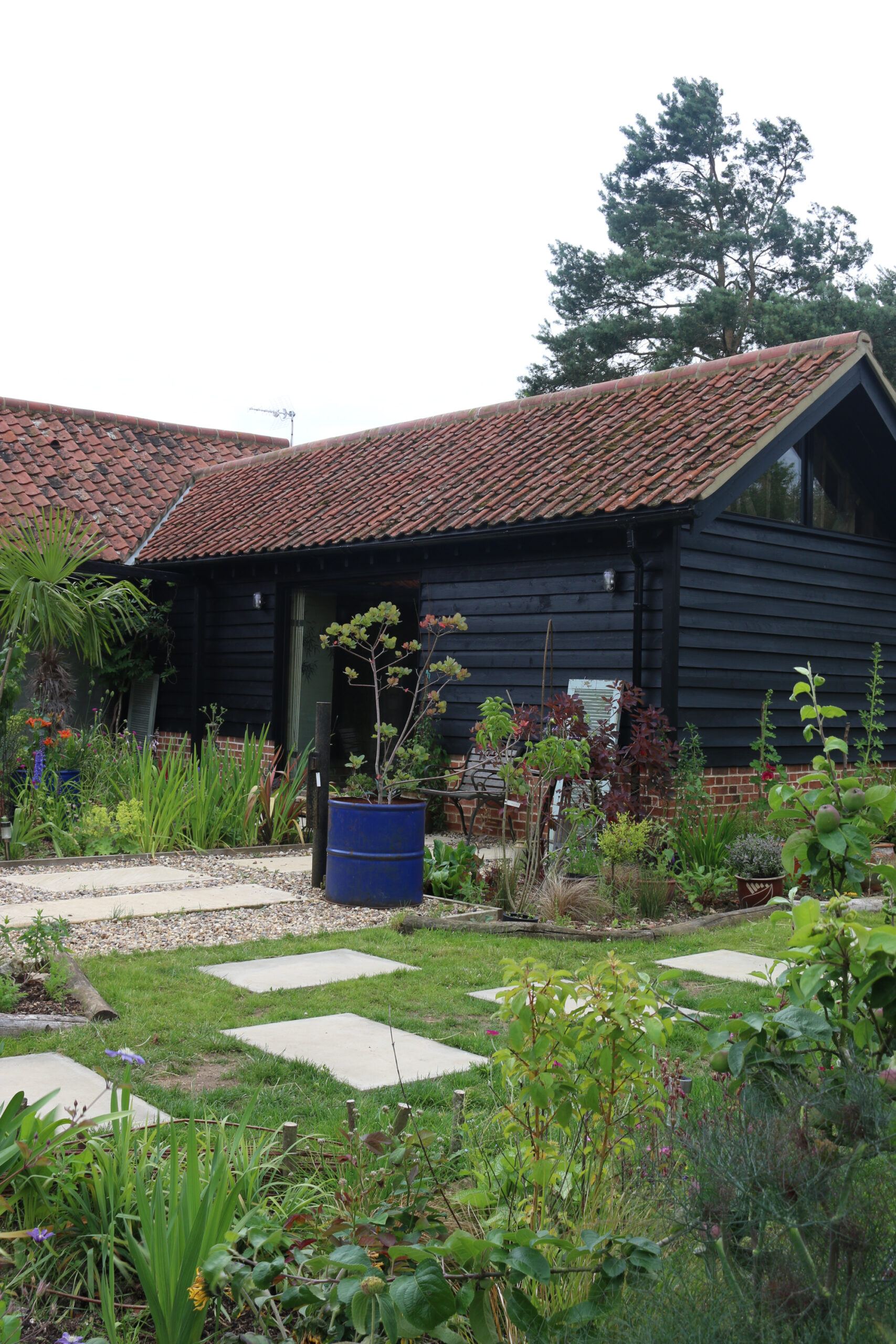
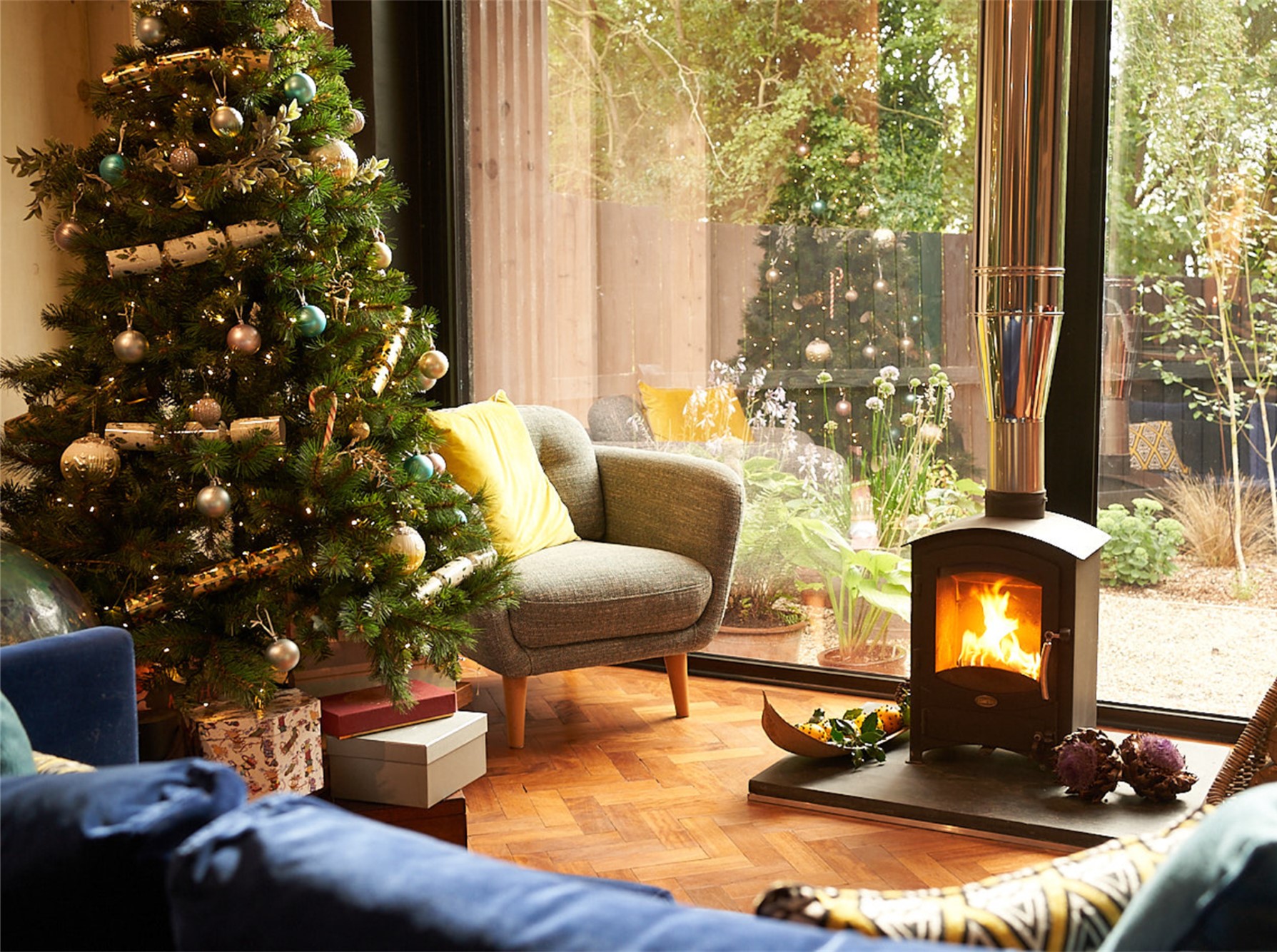

2 responses
Thanks Brian! Go for WordPress 🙂
Awesome blog! Do you have any tips and hints for
aspiring writers? I’m planning to start my own site soon but I’m
a little lost on everything. Would you recommend starting with a free platform like WordPress or go for
a paid option? There are so many options out there
that I’m completely confused .. Any tips? Thank you!